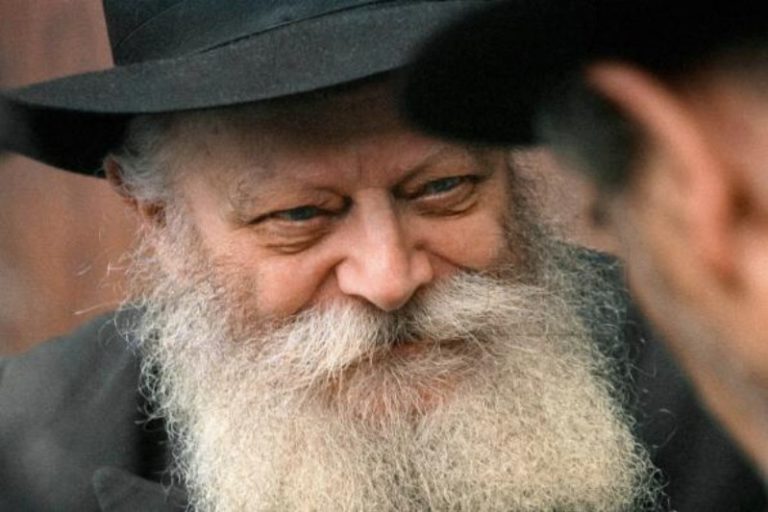 Space shuttle Discovery and its crew of seven rocketed into orbit Sunday evening, setting off on a space station construction mission cut short by launch delays that dragged on for more than a month.
Space shuttle Discovery and its crew of seven rocketed into orbit Sunday evening, setting off on a space station construction mission cut short by launch delays that dragged on for more than a month.
Discovery rose from its seaside pad just as the sun was setting, a spectacular sight for a space agency anxious to get the flight going. As the shuttle sped away like a brilliant star, part of the launch plume glowed pink, peach and golden. The shuttle was visible for several minutes.
A hydrogen leak prevented Discovery from lifting off Wednesday and, before that, hydrogen valves kept the shuttle grounded for weeks in February. Launch pad repairs took care of the leak, and the astronauts were able to board their spaceship and lift off.
Discovery’s mission will last 13 days and feature three spacewalks instead of four, the first of which will take place Thursday to install the new solar wings. The two wings will join six already in place and bring the orbiting outpost up to full power.
The canceled spacewalk chores will be tackled by the space station crew after Discovery leaves.
Discovery also will deliver a spare urine-into-drinking water converter to replace one that’s broken, and a flusher and iodine solution to get rid of bacteria that’s lurking in the water dispenser.
NASA wants to double the size of the space station crew to six people by the end of May, and need the recycled water to drink.
Discovery originally was supposed to lift off Feb. 12, but NASA ordered extra tests for the valves that control the flow of hydrogen gas into the fuel tank. The three valves in the shuttle’s engine compartment kept being replaced to ensure they were the best available and safe to fly.
One of these valves — which maintain tank pressure during liftoff — broke during the last shuttle launch in November. No harm was done, but NASA did not want to take any chances with Discovery.
Two educator astronauts are aboard Discovery: Joseph Acaba and Richard Arnold II, chosen by NASA five years ago. There also is one Japanese astronaut, Koichi Wakata, who will move into the space station for at least three months, replacing one of the current crew.
(Source: Fox News)










